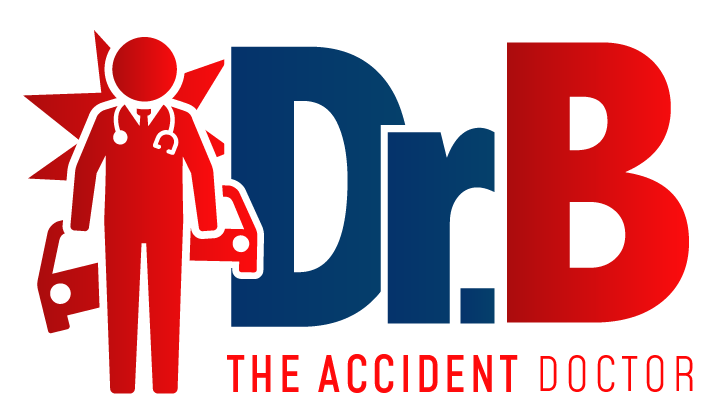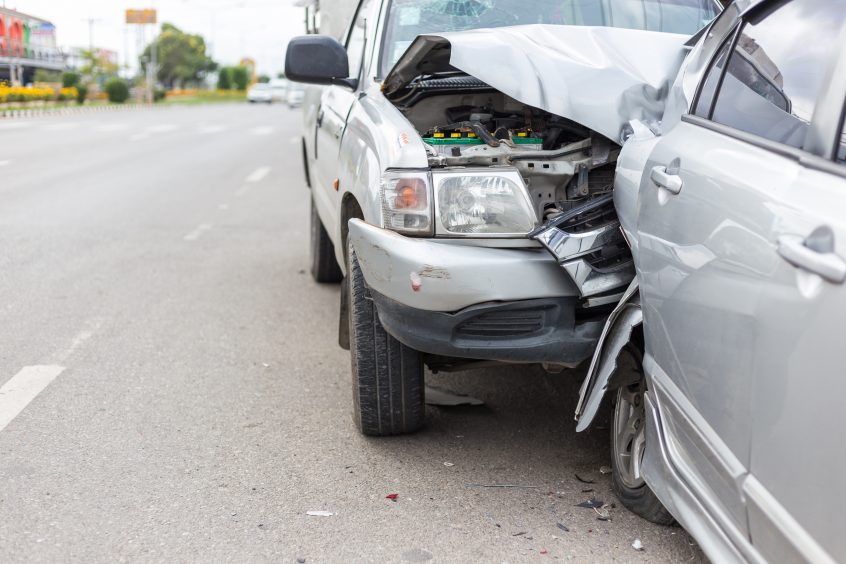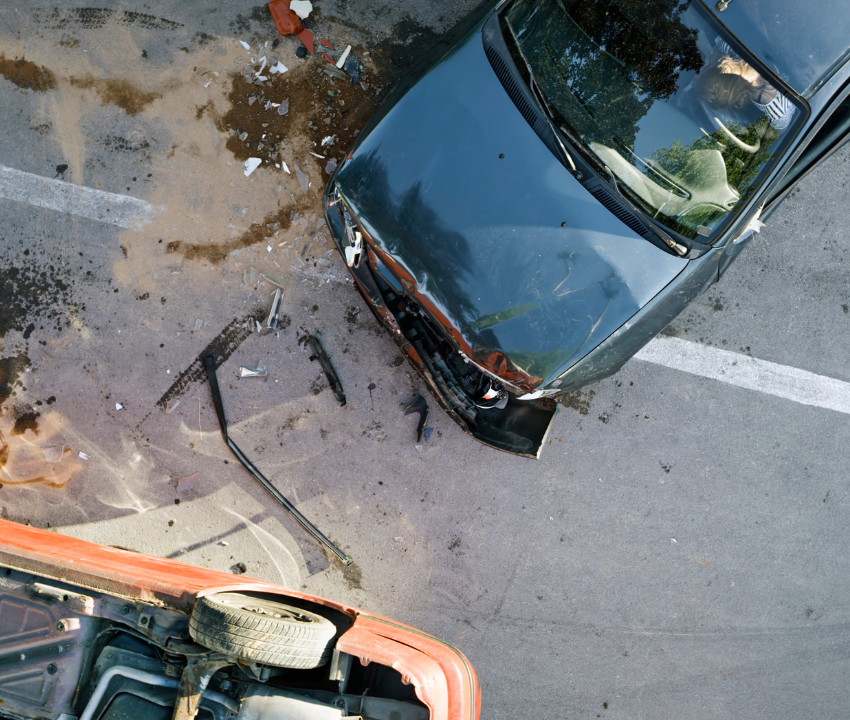No matter where you work, there is always a chance of getting injured in the workplace. Every year, workers get injured or become ill, and they may even experience life-threatening conditions. These are the latest workplace injury statistics for 2019 that were published by the U.S. Bureau of Labor Statistics (BLS), the U.S. Occupational Safety and Health Administration (OSHA), and the U.S. Centers for Disease Control and Prevention (CDC).
Most-Common Causes of Non-Fatal Workplace Injuries in 2019 (BLS Data)
The U.S. Bureau of Labor Statistics’ 2019 data shows the most common types of causes of non-fatal injuries in the workplace. The proportion of injuries in each of the categories has stayed fairly steady over the last five years. According to the BLS’s statistics, here are the most common causes of workplace injuries, listed from most common to least common:
- Overexertion and bodily reaction (approximately 33 incidents per 10,000 full-time workers)
- Slips, falls, and trips (approximately 27 incidents per 10,000 full-time workers)
- Contact with equipment or objects (approximately 24 incidents per 10,000 full-time workers)
- Violence and other injuries that are caused by animals or persons (approximately 8 incidents per 10,000 full-time workers)
- Transportation accidents (approximately 7 incidents per 10,000 full-time workers)
Most-Common Non-Fatal Workplace Injuries According to 2019 BLS Data
According to the U.S. Bureau of Labor Statistics’ 2019 data, here are the most common workplace injuries categories, from most to least common:
- Sprains, tears, and strains (approximately 35 incidents per 10,000 full-time workers)
- Pain and soreness (approximately 18 incidents per 10,000 full-time workers)
- Lacerations, punctures, and cuts (approximately 9 incidents per 10,000 full-time workers)
- Contusions and bruises (approximately 9 incidents per 10,000 full-time workers)
- Fractures (approximately 8 incidents per 10,000 full-time workers)
However, the injuries that cause employees to miss the most time from work among the ones mentioned above are:
- Multiple fractures and injuries (median of 48 days)
- Fractures (median of 32 days)
- Amputations (median of 31 days)
- Carpal tunnel syndrome (median of 30 days)
- Tendonitis (median of 14 days)
- Strains, tears, and sprains (median of 11 days)
- Multiple traumatic injuries (median of 9 days)
- Soreness or pain (median of 8 days)
- Multiple sprains with injuries (median of 7 days)
- Contusions and bruises (median of 5 days)
- Heat burns (median of 5 days)
- Lacerations, punctures, and cuts (median of 4 days)
- Chemical burns (median of 3 days)
OSHA’s “Fatal Four” – The Most-Common Causes of Construction Site Death
The BLS and OSHA publish many of the same injury and workplace accident statistics.
The “Fatal Four” are the four most common causes of worker deaths on construction sites in America, according to OSHA. Here are the “Fatal Four”:
- Falls (accountable for 33.5% of construction worker deaths)
- Struck by an object (accountable for 11.1% of construction worker deaths)
- Electrocutions (accountable for 8.5% of construction worker deaths)
- Caught in/between (accountable for 5.5% of construction worker deaths)
The Most-Common Safety Violations Cited According to OSHA (Data Reported in 2019)
OSHA also ranks the 10 most frequent safety violations on construction sites. These safety violations lead to a significant number of non-fatal and fatal workplace injuries:
- Inadequate fall protection
- Unsafe scaffolding
- Inadequate hazard communication standards
- Unsafe ladders
- Inadequate respiratory protection
- Powered industrial truck safety violations
- Failure to control hazardous energy (lockout or tagout violations)
- Inadequate fall protection training
- Inadequate machine guarding and unsafe machinery
- Inadequate face and eye protection
Takeaway
The BLS and OSHA data show that workplace injuries are possible in any kind of job, along with what causes them, so workers need to take all necessary precautions.
You can promote safety culture in your organization by choosing to use The Checker Software or one of our Checklist Books. Please take a look and get in touch with us to learn more.






